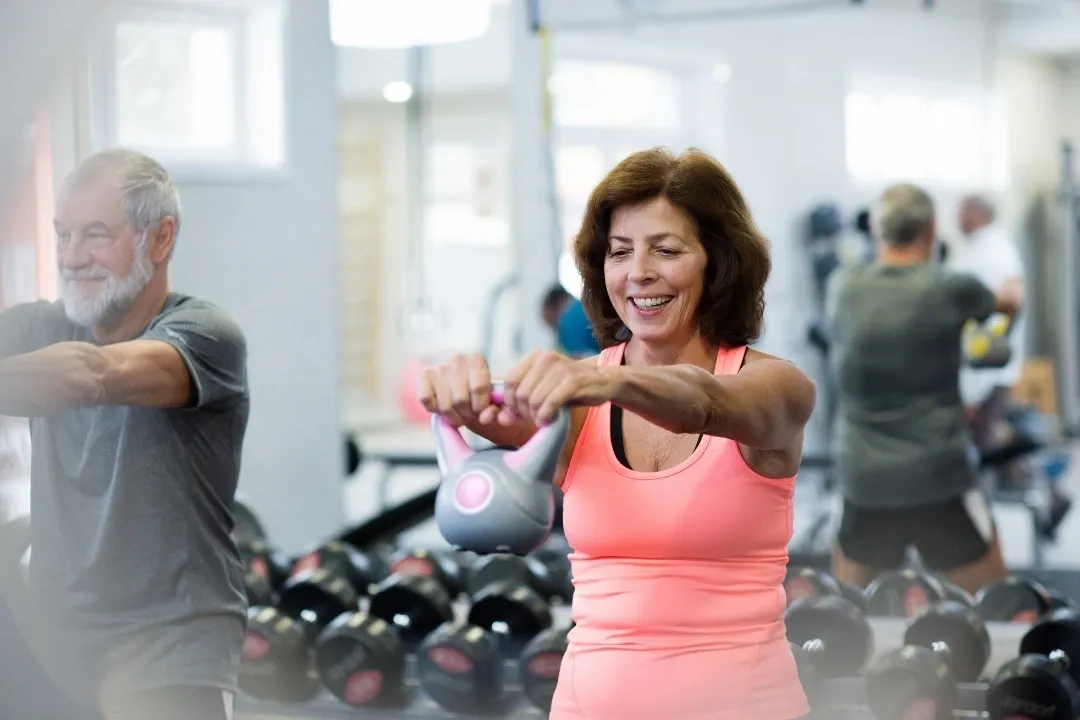You or your elderly loved one does not have to become a gym rat to experience the benefits of exercise. Aging adults, male or female, can both benefit from a moderate amount of physical activity. Whether you prefer to participate in moderate activity for longer sessions or more vigorous activity for shorter amounts of time, a daily dose of exercise is proven to be an important part of a healthy lifestyle for all senior citizens.

Different forms of exercise that are accessible for aging adults include walking, stair climbing, beginner or intermediate hiking, strength training with light weights, yoga, Zumba, and pilates. While these are a handful of activities that can get your heart pumping and your muscles burning, they are not the only forms of physical activity you can participate in. Speaking with your doctor about programs geared towards seniors is a great idea, as well as joining an online or in-person community to stay connected with other adults looking to exercise more. By joining, for example, a Facebook group on yoga, you may be able to find new communities, group events, or practices in your area to keep you motivated and boost community engagement and socialization.
There are many benefits of exercise for aging adults and they are not just physical. There is also a slew of mental health benefits attributed to daily exercise. Benefits of regular exercise include:
According to The American Dance Association (ADTA), Movement Therapy is the psychotherapeutic use of movement to promote emotional, social, cognitive, and physical integration of the individual, for the purpose of improving health and well-being. The practice began in the 1940s when dancers considered the physiological and psychological benefits of dance and movement in the broader context of society. Today, Movement or Dance Therapy is a great way for aging adults to exercise in a safe and controlled environment.
A study published in the Journal of Bodywork and Movement Therapies followed sixteen senior citizens who took part in four, 50-minute movement therapy sessions over the course of two weeks. They were then compared to a control group of seniors who did not participate in the movement therapy sessions. Overall, the study found that participants who participated in the movement therapy sessions improved in their functional motion (according to the Tinetti scale), their leg strength increased, and their leg pain significantly decreased.
Movement Therapy is a great holistic approach to tackling the growing issues of dementia and depression in elderly citizens. Movement Therapists are professionals with the necessary training to ensure the practice is accessible and doable for all in the therapy session. Speaking with your doctor on whether or not movement therapy is a good avenue for you is the first step to take if you are interested in this type of physical activity.